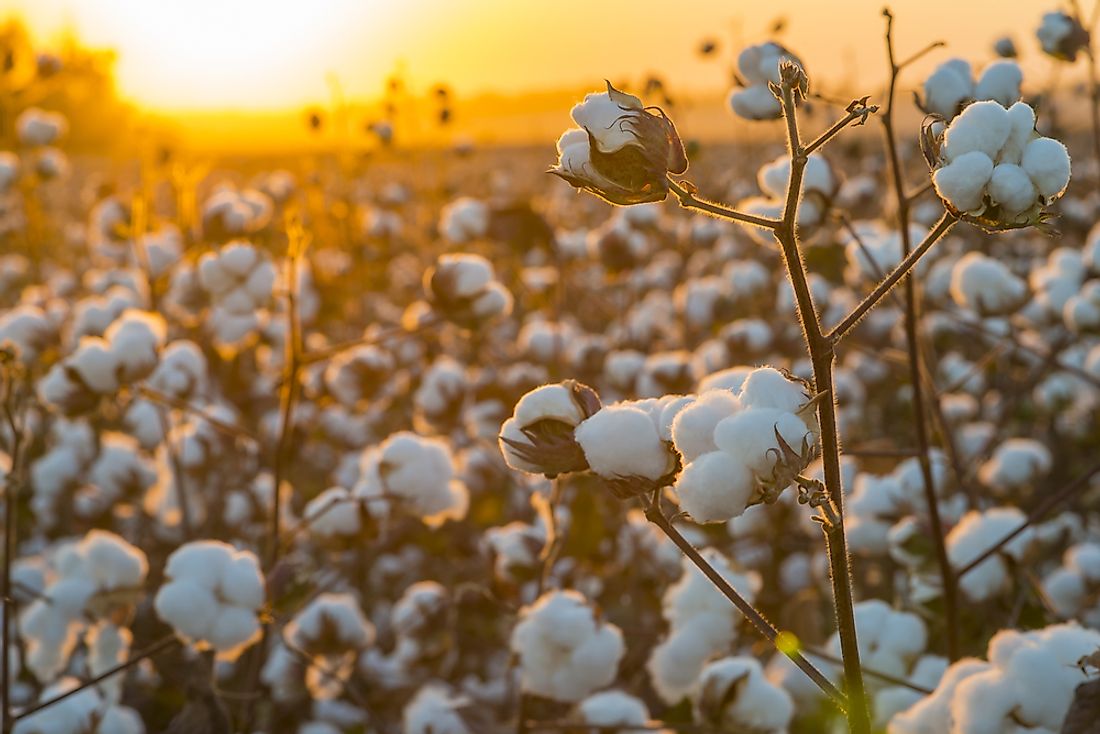What Is A Fiber Crop?

Before synthetic fibers were introduced, natural fibers were the main ingredients in the manufacture of cloth, ropes, and paper. Fiber crops are grown for the natural fiber that is used in manufacturing industries. Such crops were known for their high concentration of cellulose, which made them strong. Today, they are still being grown, and scientists are looking for different ways to modify the strength of the cellulose to make different fibers for use in the production of various products. Fiber crops are put in three groups, textile fibers, cordage fibers and filling fibers.
Process Of Fiber Crops
In the past, the fiber was obtained through recycling of old textiles. Recycling them ensured that paper would be available for use. However, wood pulp was introduced in the papermaking process, and it became the main ingredient for making paper. It also made the reliance on recycling old textiles irrelevant. Today, fiber is utilized in production due to the advantages it has over wood pulp after considering the impact on the environment and production costs. The process involves first getting the fiber from the plant. The type of fiber will determine the process to be used in the extraction process. Microbes are used in the retting process to get bast fibers. The bacteria help to get rid of the soft tissues from the fiber plant. Decortication is used to get the hard fibers as the machines will remove the product from the plant. Ginning process is also used to get soft fibers since machines involved will remove it from the plant.
Sources Of Fiber
Different plants are rich sources of fiber. Such plants produce bast fibers, leaf fibers, and seed fibers. Bast fibers are also known as stem skin fibers and are found in plants such as hemp, papyrus, hoop vine, Kenaf, Nettles, among others. Fibers are also found on leaves in plants like Abaca, Sisal, Yucca, Phormium, and Bowstring hemp. Seeds and fruits can be sources of fiber; they are coir (from coconut), cotton, milkweed, and luffa. Bamboo is another rich source of fiber.Such fibers have different dimensions regarding their diameters and length, which is measured in millimeters. For example, the bamboo has a diameter of 14 millimeters and a length of 2.7 millimeters, which is different from that of cotton, which has a diameter of 25.0 millimeters, and a length of 20 millimeters.
Issues In Fiber Crop Production
While innovation has helped ease the difficulties of fiber production, problems are encountered during storage of fiber crops. It is a challenge since rotting of fiber crops destroys them hence the need to prevent it. The crops are usually stored for a long period; sometimes months, hence it is essential to protect against the elements that might cause rot like water. Due to the presence of different types of fiber crops, storage will depend on the type. For example, the storage of seed fibers will be different from those leaf fibers. The season available will also determine the storage, for example, field crops (like sisal) usually are harvested once a year, unlike the tree crops which can be harvested annually. Supplying the industries with this important product means that storage must be done in the right way.











